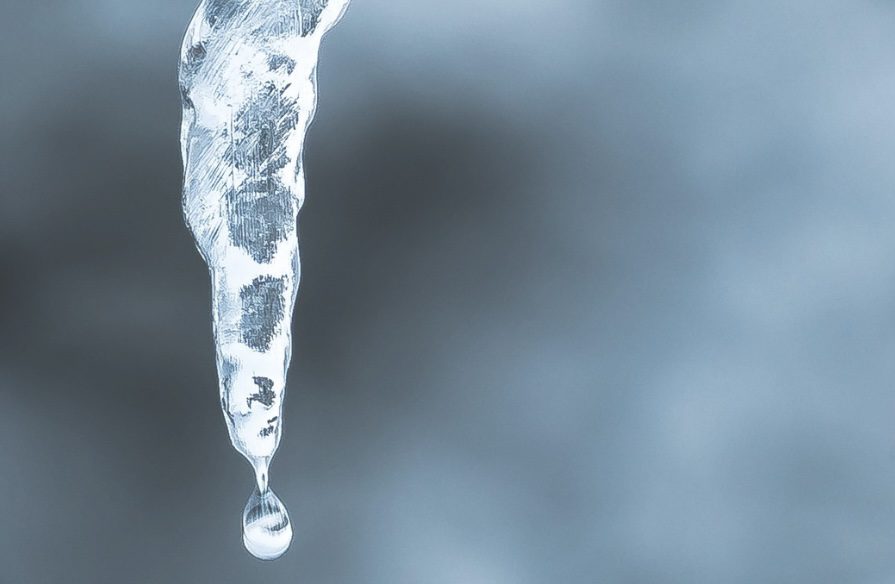How to minimise the risk of frozen pipes

Caleb Roberts Insurance would like to share Ageas’ useful tips to our household insurance customers for dealing with frozen pipes that could damage yourhome and cause great distress.
How do frozen pipes cause a problem?
The trouble is, many problems with frozen or freezing pipes aren’t spotted until it’s too late. ‘Out of sight, out of mind’, as they say. Water expands when it freezes, sometimes with enough force to rupture water pipes. If that damage happens in an extension or roof space, the problems may only become apparent when the ice thaws, after a cold snap is over.
With a cold snap on the way this week,we’ve included a helpful checklist to minimise the risk of frozen pipes. Some things are simple to do:
– Make sure everyone in the household knows how to turn off the stopcock
– Put copies of a local qualified plumber’s details near the boiler and stopcock
– If you can afford to do so, leave the heating on a low setting and where possible, allow warm air from the home to circulate into colder areas like loft spaces
– If that’s not possible, then wrap exposed pipes in soft foam to protect them from cold draughts and use an insulation jacket for any water tanks.
There are some more reminders on reducing the risk of winter damage on Frozen or burst pipes: how to reduce the risks in your home this winter – Ageas.
Finally, how do customers know if pipes are freezing?
Signs that pipes have frozen or may be on their way to freezing include little or no water coming from the taps or showerhead, and exposed pipes may appear frosty or wet.
Unusual noises may be also heard when flushing a toilet or using a sink, which could be signs of air trying to escape pipes through a blockage. Damp patches or rings on walls or ceilings could also be a sign that there’s been a leak from a pipe that is not visible.



